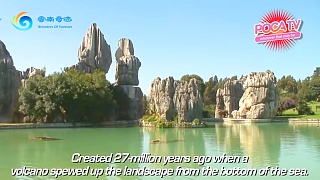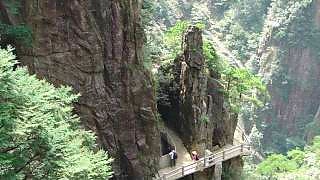Mindsets (history and philosophy) and economics (trade and wealth distribution).
Jeff Sachs talks with Rob Johnson about the current tragedy (doom) of US geopolitics.
Don't miss it ...
[640],shadow=true,start=,stop=Live more ...
 America versus everyone
America versus everyoneMindsets (history and philosophy) and economics (trade and wealth distribution).
Jeff Sachs talks with Rob Johnson about the current tragedy (doom) of US geopolitics.
Don't miss it ...
[640],shadow=true,start=,stop=

|
Scenes from the Great Wall Marathon 2013 ...
|

|
Featuring KunMing, the provincial capital, LiJiang, the outdoor show 'Impression LiJiang', BaiSha village, ShiLin Stone Forest, Jade Dragon Snow Mountain, Tiger Leaping Gorge and Shangri-La ...
|

|
Including a great song ...
|

|
With Feeding Foca ...
"The mountains are high,
and the emperor is far away."
|

|
ShaanXi province.
|

|
In AnHui province.
|

|
With Einar Tangen, CGTN ...
|